Milton Paper Prompt
Basic info:
Length: 5 pages, double spaced, 1 inch margins, 12-pt. Times New Roman Font.
Prompt:
You will write a paper that engages in close textual analysis of Milton’s text. You have a variety of strategies available to you:
1. Close-reading: in this response to the prompt you will develop an argument about the poem by focusing exclusively on the text. Here are some possible responses:
- Pick a passage: choose about 40-50 lines that you’d like to study in depth. Make an argument about how this passage is doing something that helps to explain a theme or character. Consider in your conclusion why that contributes to a reading of the poem or a consideration of poem’s worldview.
- Trace a character’s development: one really good place to go is to compare and contrast the Satan that we get in Book 1 with the Satan that we get in Book 4. How is he different? Why does this matter?
- Compare and contrast two (or more) characters: one really good place to go for this response is to consider how Eve alternates between being like Satan and being like the Son. What does Milton gain by making her resemble these two extremes?
- Consider a theme: make an argument about one of the following themes. What philosophy do you see the poem espousing in regards to any of the following:
ii. Predestination and free will
iii. Eve’s ability to withstand the fall
2. Responding to a critic: in this response, you will pick one of the critical essays in the back of you Norton Critical Edition. Note that almost all of the essays are excerpted, so your reading load will not be overburdened. Make an argument about Paradise Lost and situate it in response to another critic. There are a number of ways to do this:
- Agree, offering new evidence: In this case, you will corroborate the critic’s argument, pointing to other places in the text that support your essay’s argument. Consider how the new evidence you bring to the conversation might affect the implications of the basic argument.
- Disagree, offering counter evidence: In this case, you will argue against the critic whom you’ve chosen, clearly explaining why your reading is stronger. You will consider what your new reading brings to the table.
- Agree, making some important qualifications or distinctions: In this case, you will argue that you basically agree with the critic but that you would want to nuance or change certain elements of what the critic has argued. Again, you will consider the implications of your reading, considering how your argument affects an overall understanding of the poem or of Milton’s worldview as evidenced from the poem.
3. Engaging with the poem through visual analysis: Attached to this prompt, you will find four images: 1) John Baptist Medina, illustration of book 9, Paradise Lost, 4th ed. London, 1688; 2) William Blake, The Temptation and Fall of Eve, illustration of book 9, Paradise Lost, 1808; 3) Gustave Doré, “Back to the thicket slunk,” illustration of 9.784, Paradise Lost, London 1866; and 4) Gustave Doré, “Not only tears,” illustration of 9.1121, Paradise Lost, London, 1866. You will consider that these illustrations are “non-verbal” interpretations of Milton’s poem, Paradise Lost. Explain the interpretation that the artist is making, and evaluate it based on textual evidence that you find in Milton. Here are some guiding questions as you prepare for this paper:
- Identify the characters, actions, and scenes: What lines of Milton’s text does the artist appear to be illustrating? Is the illustration accurate in relation to Milton’s text? Is it clearly dependent on some source other than Milton? In choosing these characters, this action, this scene, what is the illustrator suggesting about them? Does the illustration indicate their relative importance? Does the illustrator ignore certain episodes usually deemed crucial?
- Examine the methods of the illustrators: does the illustrator focus on one key, dramatic event or does he attempt to epitomize the narrative sense of the whole book? Does the illustrator have a command of scale? Is concern with landscape important in the illustration? Is it a central concern?
- Explain how the illustrations interpret the text: Are symbolic meanings attached to the literal? How do you know—because the figures reference, perhaps, iconography that you recognize? Does the illustration suggest the character’s states of mind, interior experience as well as exterior? Can you state some kind of thesis concerning the illustration: what kind of messages or meanings in Paradise Lost is this illustrator emphasizing? What kind of comments on, or criticisms of, Paradise Lost is this illustrator making?
The last prompt is one that I have taken from Virginia’s Tufte’s essay, “Visualizing Paradise Lost: Classroom Use of Illustrations by Medina, Blake, and Doré,” in the first edition of the MLA's Approaches to Teaching Milton's Paradise Lost. It has been wildly successful in generating interesting, thoughtful student presentations. In fact, its success led me to design the assignment for Visualizing Shakespeare.
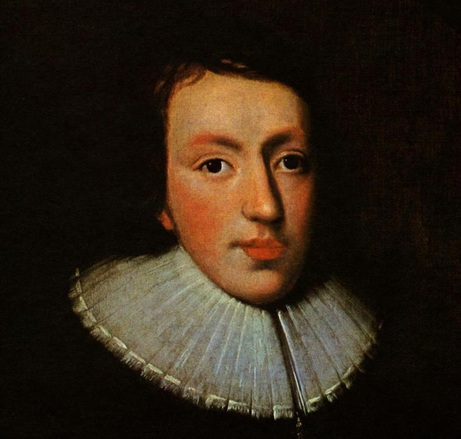
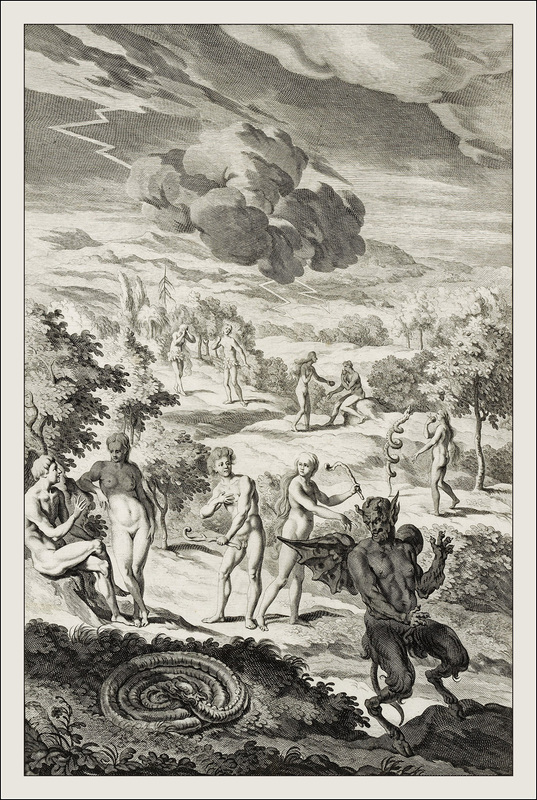
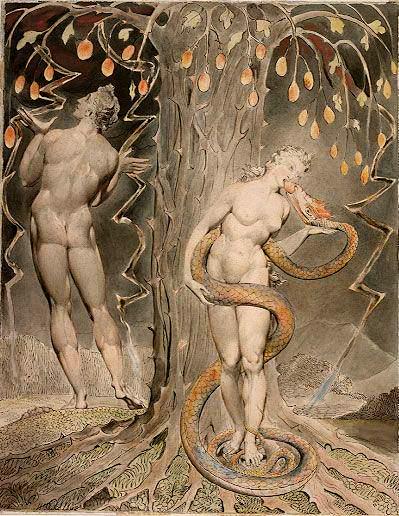
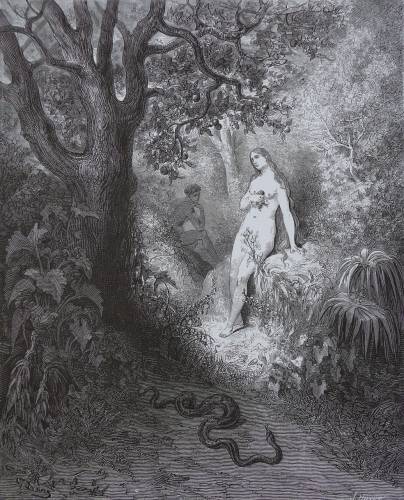
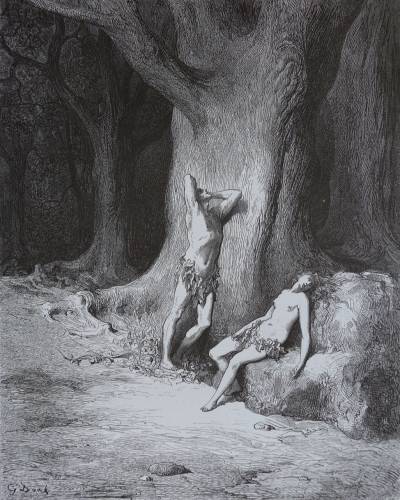

 RSS Feed
RSS Feed